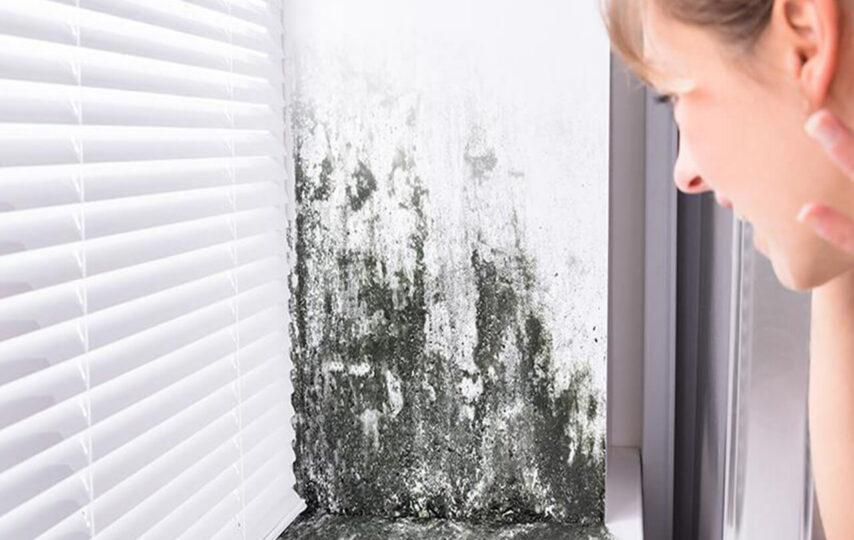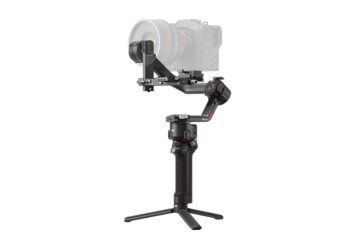Maintaining a healthy and comfortable living environment is a top priority for homeowners in the United Kingdom. However, the battle against mould and dampness can be a constant struggle, especially in our damp and often unpredictable climate. To help you keep your home free from these pesky problems, we’ll explore some effective strategies in this blog that can prevent mould and dampness from taking hold in your household.
Understanding the Enemy: Mould and Dampness
Before we dive into the strategies, it’s essential to understand what we’re up against. Mould and dampness are not just unsightly; they can also pose health risks and cause damage to your property. Also according to property experts including Winchester estate agents, it can also affect the desirability of the property. Dampness occurs when excessive moisture infiltrates your home, leading to conditions where mould can thrive.
Mould is a type of fungus that can grow on various surfaces, including walls, ceilings, and even furniture. It spreads through tiny spores that are present in the air. When these spores find a damp surface and suitable conditions, they begin to multiply, forming the unsightly patches we all dread.
1. Maintain Adequate Ventilation
One of the simplest yet most effective strategies for preventing mould and dampness is proper ventilation. Ensure that your home has adequate airflow by keeping windows and doors open when weather permits. If you’re concerned about security or energy efficiency, consider installing trickle vents or mechanical ventilation systems that help maintain a constant flow of fresh air.
In high moisture areas like bathrooms and kitchens, use extractor fans to remove excess humidity produced during activities like cooking and showering. Regularly clean and maintain these fans to ensure they function optimally.
2. Control Indoor Humidity
Humidity control is a key factor in mould prevention. Invest in a hygrometer to monitor indoor humidity levels. Ideally, you should aim for a relative humidity of 30-50% to discourage mould growth. If your home tends to be on the humid side, a dehumidifier can be a valuable addition.
Additionally, avoid drying clothes indoors, as this can introduce excess moisture into your living spaces. Instead, use a dryer or take advantage of sunny days to air your laundry outdoors.
3. Insulate and Seal Your Home
Inadequate insulation can lead to condensation, a primary cause of dampness. Ensure that your home is properly insulated, especially in areas prone to temperature fluctuations, such as the attic and walls. Double-glazed windows can also help maintain a consistent indoor temperature, reducing the risk of condensation.
Sealing gaps and cracks in your home’s structure is another vital step in preventing dampness. Pay special attention to doors and windows, as well as areas where pipes or cables enter your home. By keeping the outside moisture at bay, you can significantly reduce the chances of mould and dampness.
4. Maintain Your Gutters and Drainage
Proper drainage is crucial in preventing water from seeping into your home’s foundation. Regularly clean and maintain your gutters and downspouts to ensure they divert rainwater away from the building effectively. Consider installing gutter guards to prevent blockages caused by leaves and debris.
If your property has a basement, invest in a sump pump to remove any excess groundwater that may accumulate during heavy rain or flooding. This proactive measure can save you from costly repairs down the road.
5. Monitor and Repair Roof Leaks
Roof leaks are a common source of dampness in UK homes. Regularly inspect your roof for signs of damage, such as missing or damaged tiles, and address any issues promptly. Roof maintenance is an investment that pays off by preventing not only dampness but also more extensive and expensive structural damage.
6. Use Anti-Mould Products
In areas prone to dampness, such as bathrooms and kitchens, consider using anti-mould paints and sealants. These products contain additives that inhibit mould growth, providing an extra layer of protection against unsightly stains and odours.
7. Keep Your Home Clean and Dry
Finally, regular cleaning and maintenance are essential in the fight against mould and dampness. Pay attention to areas that are more susceptible, like corners and behind furniture, and use a damp cloth or a mild cleaning solution to remove any visible mould. Vacuuming with a HEPA filter can also help capture mould spores and prevent them from spreading.
By implementing these strategies and staying vigilant, you can effectively prevent mould and dampness from taking hold in your household. Remember that early intervention is key, as addressing issues promptly can save you both time and money in the long run. If you ever suspect a more significant problem or need professional advice, don’t hesitate to consult with a qualified expert in dampness and mould prevention. A healthy and comfortable home is worth the effort, and these strategies will help you achieve just that.








